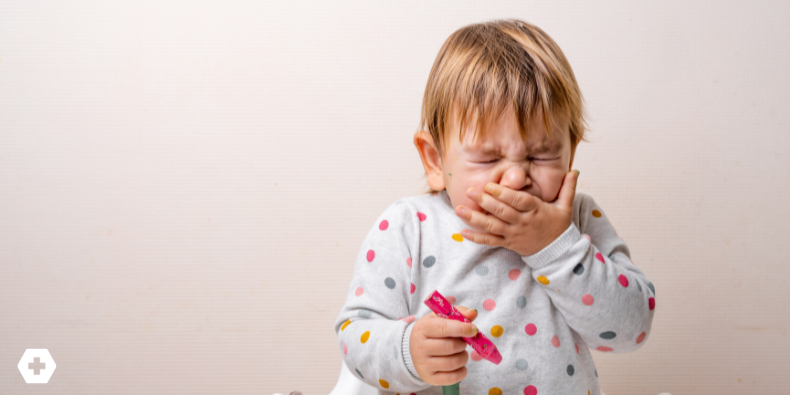
Protracted Bacterial Bronchitis: The Cough That Won’t Quit
A weary parent walks into your urgent care clinic, eyes heavy from too many sleepless nights. “This cough just won’t go away,” they say. The child beside them is tired too—persistent, wet coughing for weeks, difficulty keeping up with peers, and no end in sight.
Sound familiar? If you haven’t already considered protracted bacterial bronchitis (PBB), now’s the time.
What Is Protracted Bacterial Bronchitis?
Protracted bacterial bronchitis is one of the most common causes of chronic cough in children—especially preschoolers.
It’s defined by a wet, productive cough lasting more than four weeks in the absence of other underlying conditions. You might also see it described as persistent bacterial bronchitis, chronic suppurative lung disease, or even childhood chronic bronchitis.
Is Bronchiolitis Viral or Bacterial?
Bronchiolitis, typically caused by viruses like RSV, is viral by definition. In contrast, PBB is a bacterial infection that takes root in the bronchi, often following viral infections that damage airway lining. The distinction matters—while bronchiolitis doesn’t respond to antibiotics, PBB does.
Why Does It Happen?
The leading theory is that frequent viral infections (hello, daycare!) damage the airway lining, allowing bacteria to stick around and multiply. The result: prolonged bronchitis symptoms like a rattling cough and mucus production.
Risk factors include:
- Age <2 years (especially under 12 months)
- Daycare attendance
- Prior history of chronic cough
- Allergies (dust mites, milk protein)
- Eczema
Interestingly, kids with asthma, reactive airway disease, or bronchiolitis may actually have a decreased risk for PBB—but misdiagnosis is still common.
Diagnosing PBB in Urgent Care
Clinical Signs to Watch For:
- Wet, productive cough lasting longer than 4 weeks
- “Rattling” in the chest (from secretions in large airways)
- No signs of systemic illness—kids often appear otherwise healthy and have normal growth
Key Diagnostic Criteria (per European Respiratory Society):
- Chronic wet cough >4 weeks
- No alternative cause identified
- Complete resolution of symptoms after 2–4 weeks of oral antibiotics (typically amoxicillin-clavulanate)
How to Get Rid of an Ongoing Cough: Rule Out, Then Treat
PBB is a major cause of ongoing cough in kids. But it’s often mistaken for asthma, which leads to treatment with corticosteroids—ineffective for PBB.
Here’s how they differ:
|
Feature |
PBB |
Asthma |
|
Cough type |
Wet, all day |
Dry, mostly nocturnal |
|
Chest sounds |
Rattle (from secretions) |
Wheeze (from bronchospasm) |
|
Breathlessness |
Related to coughing fits |
Independent of cough |
|
Response to treatment |
Antibiotics |
Inhaled corticosteroids |
More than 60% of PBB cases resolve after a two-week course of antibiotics. Catch it early, and you’ll avoid unnecessary asthma meds—and potentially prevent progression to chronic bronchitis or bronchiectasis.
Takeaways for Clinicians
- If the cough won’t quit, consider PBB.
- Use diagnostic criteria to confirm, and don’t rely solely on asthma as the default.
- Treat early with appropriate antibiotics to prevent complications.
- Educate parents about what to expect—and why their child doesn’t need another inhaler.
By recognizing and managing PBB effectively, clinicians can help put an end to the cough that just won’t quit—and ensure better long-term respiratory health for our youngest patients.
Practice-Changing Education
Experience education that goes beyond theory. Explore Hippo Education’s offerings below.



